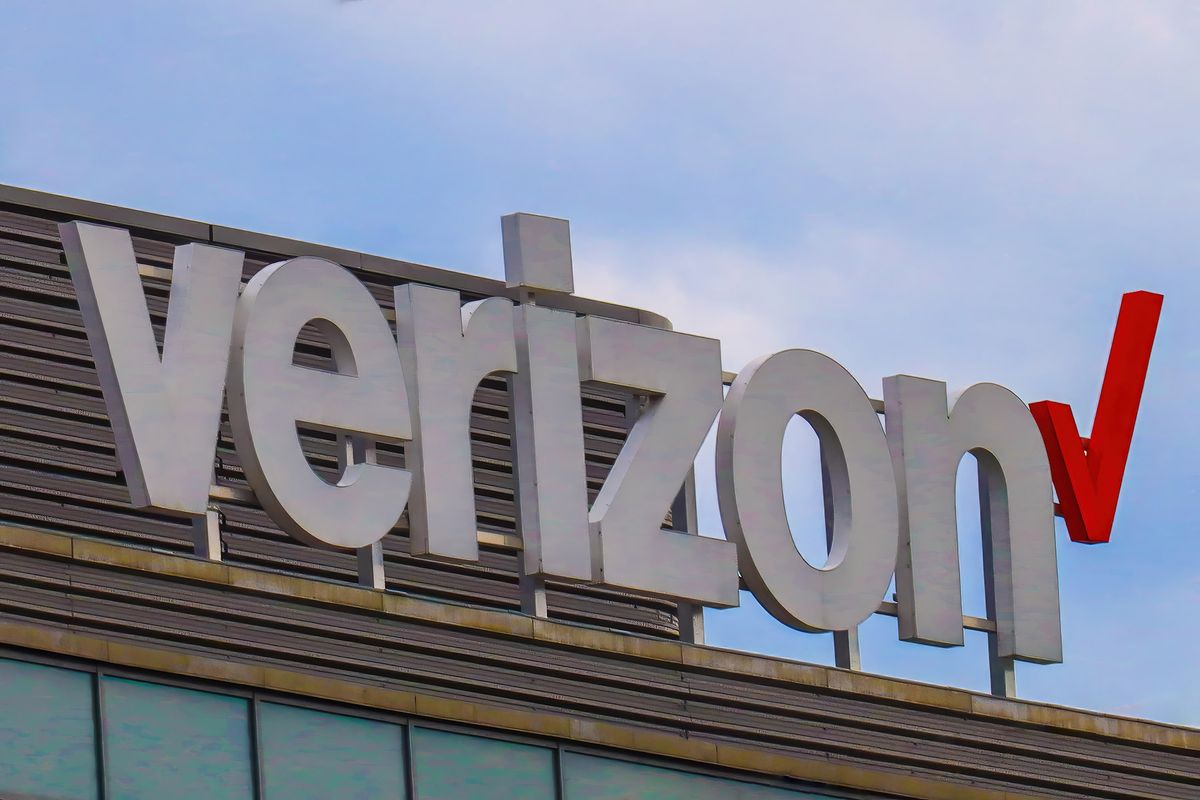Cloudflare has released details outlining the scale of the recent Verizon outage which affected millions of telco users across the US.
Verizon customers across the country first experienced connectivity issues on September 30, with users reporting their devices were stuck in SOS mode amidst the outage. At the time, data from Downdetector showed a massive spike in reports across the country, and customers were unable to make or receive calls from mobile devices.
While the issue has since been remedied by Verizon, analysis from Cloudflare has now laid bare the significant impact it had on connectivity across the US.
Verizon outage
In a blog post detailing the outage, David Belson, Head of Data Insight at Cloudflare, analyzed data from AS6167 (CELLCO), an autonomous system used by Cloudflare to manage its mobile network.
Drawing upon this data enabled Cloudflare to track HTTP requests made by the autonomous system and shed light on the scale of connectivity issues affecting individual cities and regions.
“To better understand how the outage impacted internet traffic on Verizon’s network, we took a look at HTTP request volume from AS6167 independent of geography, as well as traffic from AS6167 in various cities that were reported to be the most significantly impacted,” Belson wrote.
Notably, Cloudflare did not detect any “noticeable change” in request volumes at 9am ET, around the time the issue was first reported by Verizon in a statement on social media.
In the hours following, however, Belson revealed Cloudflare Radar reported a 5% decrease in HTTP requests at 11am, then a further 9% decrease in the following three hours.
This lowered request volume continued for several hours until 5pm when Verizon confirmed
Verizon confirmed engineers were working on a fix and that services were being restored for affected users. This wasn’t the case for users in a host of locations across the US, however.
Belson revealed that users in Denver, Chicago, Omaha, and Phoenix, for example, experienced acute problems with connectivity during the outage.
“Declines in request traffic starting around 11:00 ET (15:00 UTC) are clearly visible in cities including Los Angeles, Seattle, Omaha, Denver, Phoenix, Minneapolis, Indianapolis, and Chicago,” Belson wrote.
“Omaha’s difference in traffic was the most significant, down approximately 30%, while other cities saw declines in the 10-20% range.”
What services were affected and what caused the Verizon outage?
According to Cloudflare, the majority of users encountered acute issues with voice services, which Belson noted “may have been more significantly impacted” than data services during the incident.
“We saw some declines in request traffic across impacted cities, but none experienced full outages,” he noted.
The exact cause of the outage has yet to be determined, and at the time of Cloudflare’s analysis, no specific information had been provided on the root cause of the incident.






